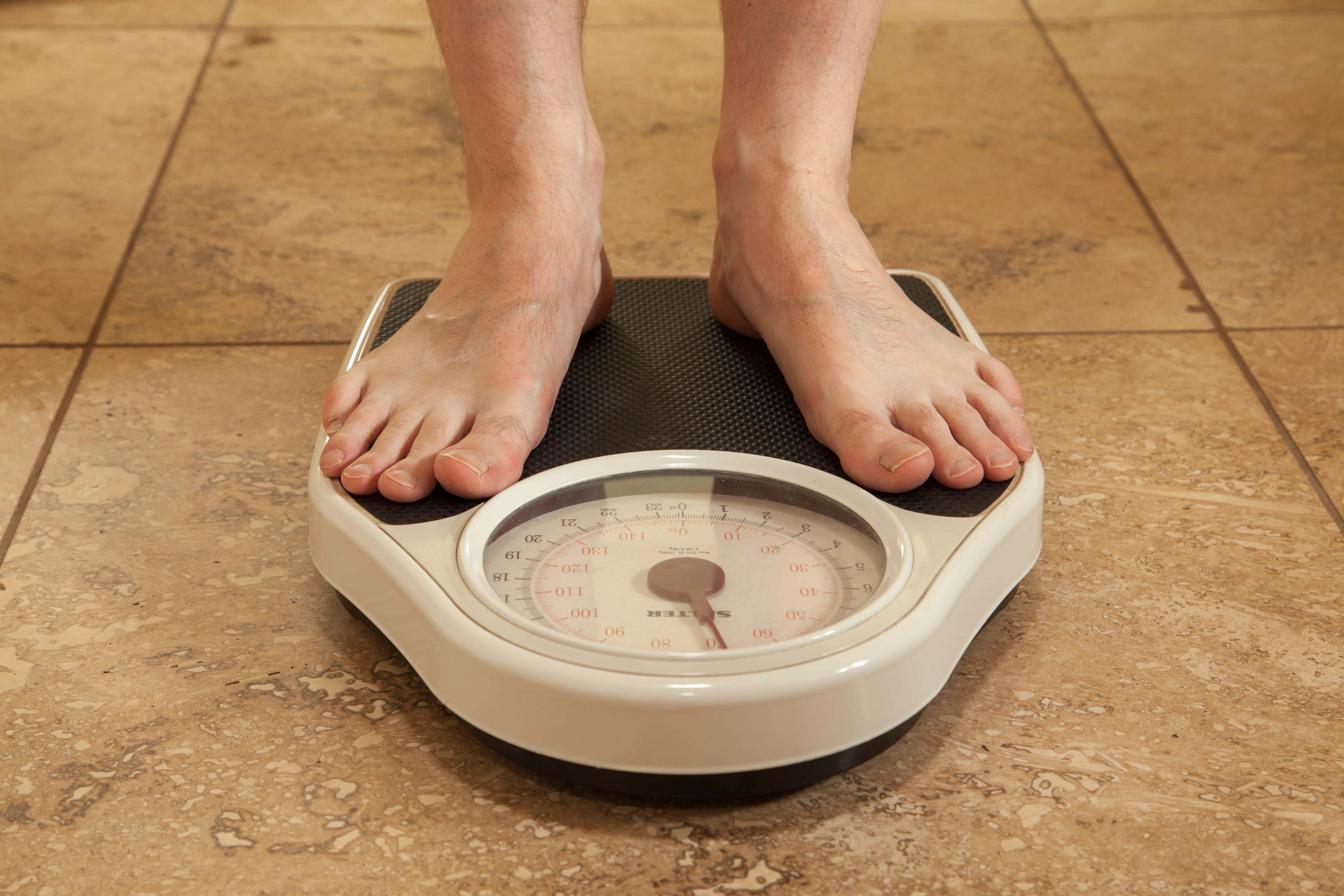BMI threshold for obesity in older people should be lowered, researchers say
Lowering the figure from 30 could help monitor people at risk of obesity-related conditions, such as diabetes.

Your support helps us to tell the story
From reproductive rights to climate change to Big Tech, The Independent is on the ground when the story is developing. Whether it's investigating the financials of Elon Musk's pro-Trump PAC or producing our latest documentary, 'The A Word', which shines a light on the American women fighting for reproductive rights, we know how important it is to parse out the facts from the messaging.
At such a critical moment in US history, we need reporters on the ground. Your donation allows us to keep sending journalists to speak to both sides of the story.
The Independent is trusted by Americans across the entire political spectrum. And unlike many other quality news outlets, we choose not to lock Americans out of our reporting and analysis with paywalls. We believe quality journalism should be available to everyone, paid for by those who can afford it.
Your support makes all the difference.The threshold for detecting obesity should be lowered for middle-aged and older people, researchers have suggested.
Body composition changes in later life could lead to people carrying a higher level of body fat at a lower body mass index (BMI), a study found.
The World Health Organisation (WHO) classifies people with a BMI of 30 or more as obese.
However, lowering this threshold could detect more people who are at risk of developing obesity-related illnesses such as type 2 diabetes, academics said.
It’s likely that the changes in body composition across the lifespan, which seem to occur without a meaningful change in body weight, lead to higher adiposity at a lower BMI
The study, led by researchers at the University of Rome Tor Vergata, the University of Modena and Reggio Emilia, and the Beirut Arab University in Lebanon, included 4,800 Italian adults aged 40 to 80.
The group was categorised according to current WHO BMI standards.
Some 1,087 were of normal weight, 1,826 were overweight, with a BMI of more than 25, and 1,887 were obese, with a BMI 30 or more.
Using a body scanner, researchers then recategorised people based on their age and their body fat percentage.
They found the proportion of people who were classed as obese in the group rose when body fat percentage was taken into account.
Some 38% of men and 40% of women in the study had a BMI of 30 or more by WHO’s standards.
If we continue to use the WHO standard for obesity screening, we will miss many middle-aged and older adults who are at risk for obesity-related diseases including type 2 diabetes, heart disease, and some cancers
When body fat percentage was factored in, this jumped to 71% of men and 64% of women.
Professor Marwan El Ghoch, of the University of Modena and Reggio Emilia, said: “This new BMI cut-off recognises the physiological differences between middle-aged and older adults and younger populations.
“It’s likely that the changes in body composition across the lifespan, which seem to occur without a meaningful change in body weight, lead to higher adiposity at a lower BMI.”
The analysis suggested the ideal BMI cut-off point for obesity in older adults was 27, with an accuracy rate of 90%.
However, researchers stressed the limitations to the study, which has been presented at the European Congress on Obesity in Venice.
It was carried out in one area of Italy, and factors such as eating habits, exercise and sleep patterns were not factored in.
Professor Antonino De Lorenzo, of the University of Rome Tor Vergata, added: “If we continue to use the WHO standard for obesity screening, we will miss many middle-aged and older adults who are at risk for obesity-related diseases including type 2 diabetes, heart disease, and some cancers.
“Establishing this new BMI cut-off point in clinical settings and obesity guidelines will be beneficial to the potential health of millions of older adults.”